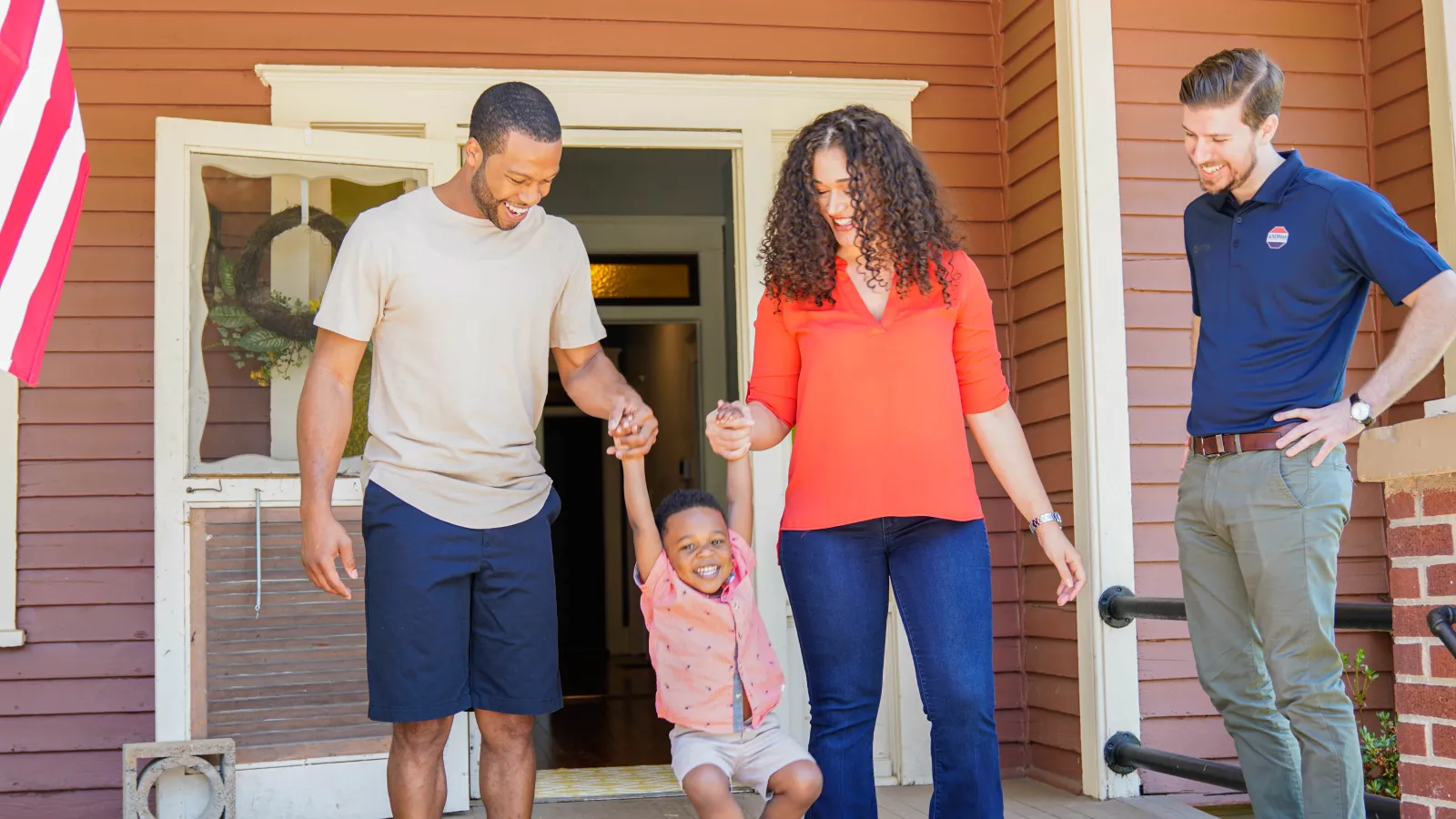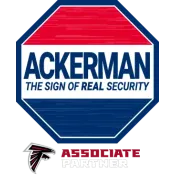A safety audit is a chance for a homeowner to assess how prepared their home is under various emergency conditions. Gathering this information helps the homeowner correct potential hazards before they become dangerous (and expensive) issues.
At the very least, a home safety audit should review a family's readiness for three emergency situations:
- Environmental emergencies like fires, CO leaks, flooding, etc.
- National or regional emergencies which cut off goods and services
- Burglaries, break-ins and home invasions
This article will review all three risk factors in detail. If you follow the advice below, you can complete your safety audit in just a couple of hours. No professional equipment is required.
Ready? Great! Let's get started.
A proper safety audit can save your life and the lives of the people you love. That's why we'd suggest having a professional perform a safety audit of your home every now and then for added protection.
Schedule your visit with a professional security technician today by calling Ackerman Security at 800-552-1111 or setting up an appointment online.
Situation #1: Environmental threats (fire, CO, flooding, etc.)
A safety audit must account for environmental hazards that could damage the home and injure residents inside the home.
The biggest environmental risk factors include:
- Fire/smoke
- Carbon monoxide (CO)
- Flooding
Fire, Smoke and Carbon Monoxide

Smoke alarm batteries should be changed about once a year.
Use this checklist during your safety audit to assess your home for weaknesses against fire and smoke
- Fire extinguisher placement: Make sure you have fire extinguishers in the kitchen, garage, close to the fireplace and at least one per floor of your home.
- Fireplace assessment: The chimney should be professionally cleaned. A fire screen should be installed. Drapes and carpet should be at least three feet away or more.
- Smoke alarm placement: Smoke alarms should be found in every room of the home, including the basement.
- Smoke alarms assessment: Clean and test each smoke alarm in the home. Replace batteries as needed. Test connected smoke/fire alarms and make sure notifications are coming through properly.
Want even more tips on preventing fires in your home? Our free Fire Safety Kitis the best place to start because it helps prevent fires from happening in the first place.
And for even more protection, you can sign up for professional fire monitoring through Ackerman Security.
Flooding
- Sump pump: Make sure your sump pump is working properly. Remove all debris from around the sump pump.
- Flooding sensors:Install flooding sensors in the basement. Other possible locations may include the kitchen and bathrooms.
Situation #2: National or regional emergencies
During your safety audit, it's important to assess your home's ability to remain self-sufficient during times of large-scale catastrophes (natural or man-made). We recommend that all families should have:
- Basic emergency supplies (for a limited time frame)
- A well-known emergency plan
Basic emergency supplies
A family should be prepared for a short-term loss of basic services. This is true even if a family lives in a large metropolitan area like Atlanta.
We aren't talking about preparing for the apocalypse, here. No steel bunkers are required for this checklist. The goal here is to have enough food, water and basic supplies to last anywhere from a few days to a few weeks.
Plenty of people store for emergencies longer than this. But for the vast majority of likely scenarios outside of a zombie apocalypse, this will do.
A proper emergency cache should include:
- A checklist with dates for all perishable goods (make sure this is reviewed at least once a year)
- Important family records. This may include social security cards, birth certificates, etc.
- Non-perishable food and water for the entire family (at least 3 day's worth) Don't forget basic utensils as well, such as a can opener.
- Radio and flashlight
- Batteries
- A first-aid kit
- Any critical prescriptions
Home evacuation plans
Every family should meet at least once a year and review their current emergency or evacuation plan.
The plan will likely change depending on the age of children living in the home, or how often the home is hosting guests. But generally, each evacuation should include:
- A location where the residents should meet in the event of a fire or other emergency.
- How to act when a certain emergency is occurring (how to get through the home in the event of a fire, for example)
- Responsibilities for each family member during and immediately after the evacuation.
Situation #3: Burglaries, break-ins and home invasions
No safety audit is complete without assessing a home's defenses against human threats, namely burglars and home invaders.
While home security is a complex topic, two elements of security are particularly valuable to perform a safety audit on:
- A home's video surveillance
- A home's alarms and alarm sensors
Don't have either one of these security elements? That makes for a faster safety audit! But it also leaves you and your family at risk. If you're not sure what the first steps are to securing your home with home security cameras and alarm sensors, then don't hesitate to schedule a consultation with an expert security technician.
Home video surveillance
Video surveillance is a critical component of home security. A safety audit should review a home's surveillance network for weaknesses and identify areas for improvement.
- Legal camera placement:Improper security camera placement can land you in hot water with the law. You can read more about proper camera placement on our blog.
- Blindspot coverage:Does the entire camera network cover all major entry and exit points? Are there places in your front or back yard where surveillance cameras can't see?
- Modernization & connectivity: See what's on the market and determine if upgrading your surveillance network is worth the cost. Newer camera systems such as smart doorbells are incredibly powerful surveillance tools that let you see and even speak to visitors at your door even if you're not at home.
- Pruning and trimming around cameras: Trees and bushes may grow over and eventually cover home surveillance cameras. Make sure your cameras have a clear view of your property at least once a year.
Home alarms and alarm sensors
Another important task to perform during your safety audit is a review of your home's burglary sensors and alarms.
- Test the signal to the monitoring stationif your home is monitored by a professional organization. If you have an Ackerman Security System at home, give us a call to test your alarm system. We advise to test it at least once a month.
- Test all door and window sensors, as well as motion detectors. When you open a protected door or window, you should hear a beep or chime go off from the sensor. If you don't hear any sounds, this means that the battery needs to be replaced. This is especially important if your home is being remodeled.
- Make sure to have the most up-to-date Call Listif your home is being monitored. Your Call List includes those who should be called first in case your alarm system is triggered. We recommend reviewing this list at least once a year. We recommend including home and cell phone numbers.
- Check your panel for any notifications.The panel will alert you if there is a communication issue, a low battery or more.
Need a professional safety audit? Call Ackerman Security today
The team at Ackerman has been performing safety assessments for Atlanta residences for over 50 years. You can rely on our technicians to spot safety concerns related to fire, camera placement, alarm operation and more.
Give us a call at 800-552-1111 or schedule online today to have your home assessed by a professional security technician.






